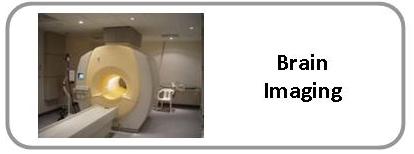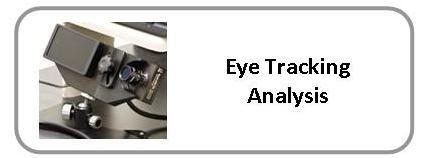Numerical Cognition
ipsy | Louvain-la-Neuve

Welcome to the Numerical Cognition Lab at UCLouvain
Main goals
We investigate the functional aspects of calculation and numerical processing and aim to find their neuroanatomical correlates:
(1) by the study of brain-damaged patient performance, of children with mathematical disabilities, and mental chronometric studies in healthy children and adults.

(2) by the study of cerebral activation with functional imaging techniques.








